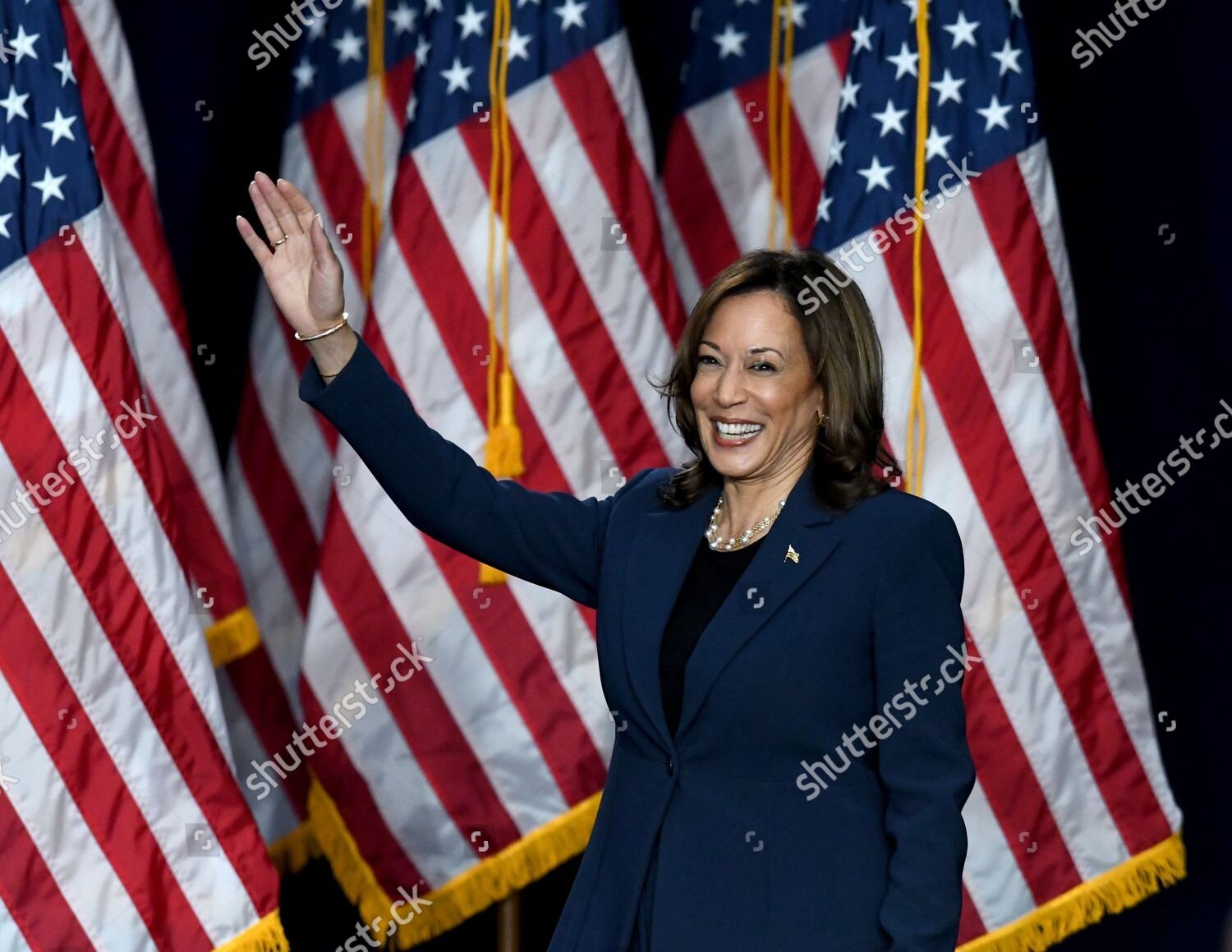Written by Joanne Villavieja
In just a couple of weeks the United States will be celebrating the inauguration of its 46th President, Joe Biden. Alongside him as Vice President will be the nation’s first female, first African-American, and first Asian-American Vice President, Kamala Harris. Her multicultural background brings an unprecedented amount of diversity to the role. This can be seen at first glance by her name.
Though Kamala’s last name hails from England and Ireland, today “Harris” is highly African American; according to the US Census, this surname is 42% Black. Her father, Donald J. Harris, is originally from Jamaica (then a British colony). He came to the US in 1961 to attend UC Berkeley where received his PhD in economics and taught as a tenured professor for over twenty years.
VP Harris was deeply connected to her Black identity growing up. Her family lived in the Flatlands section of West Berkeley, California, a significantly Black neighborhood. As a child she attended Thousand Oaks Elementary School as part of Berkeley’s desegregation program. The school that had previously been composed of 95 percent White students now had a 40 percent population of Black students after the introduction of the program. Harris also frequented the nearby African American cultural center and church throughout her childhood.
Her given name “Kamala” has its origins in South Asia, specifically India. It means “lotus flower” in Sanskrit and is an alternate name for the Hindu Goddess Lakshmi. Harris’s mother, Shyamala Gopalan, grew up in the South Indian state of Tamil Nadu. She emigrated to the US in 1958, received her PhD in nutrition and endocrinology from UC Berkeley, and became renowned for her research in breast cancer.
Harris’s mother exposed her young daughters to their Indian culture by taking them to a Hindu temple and visiting family in Chennai, the capital of Tamil Nadu. Kamala was even surrounded by the Tamil language throughout childhood. She notes in her autobiography that she spoke Tamil with her relatives in Chennai and that her mother often spoke Tamil in their home to emphasize “affection or frustration”. Tamil culture is strongly tied to its language; it is regarded in its literature as “Tamilannai”, or "the Tamil mother". Considered a classical language by the government of India, Tamil literature is the oldest secular literature in South Asia. The US has a Tamil population of over 238,699 people according to the 2016 Census and more than 300,000 Tamil speakers.
In her acceptance speech for the vice presidency in August 2020, Harris was praised for her use of Tamil language on a national platform. When speaking about her family she used the Tamil word “chittis” which is a term of endearment for female extended family. Her choice of words honored her culture and all Tamil Americans on national television, gaining her support and praise. Tamil media figures like Padma Lakshmi expressed shocked and heartfelt reactions on Twitter afterwards, saying that they felt “seen” by this action. Neil Makhija, the executive director of the Indian American Impact Fund, stated for NBC news about the speech: “hearing our families' mother tongue spoken by a future vice president of the United States is really a beautiful moment and symbol that Indian Americans are becoming a visible and recognized part of the fabric of America".
Many are hopeful about the implications of her dedication to representing the nation’s minorities in her administrative career to come. As representation continues to expand for Indians and all other minority groups, products like the E-Tech 2021 ethnic prediction software helps you gain insight into each culture to help you create a stronger connection with your audience.

